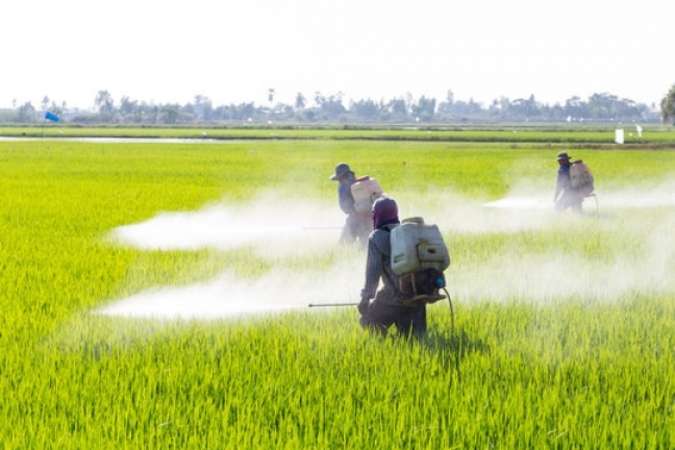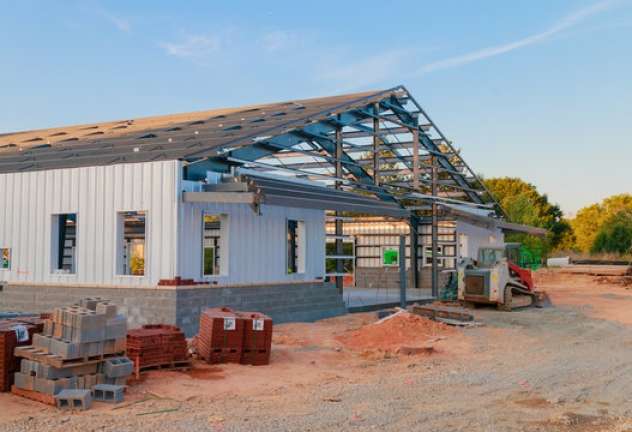Environmental Monitoring has been reinstated in Alberta for companies involved in oil and gas. This is after a prior period of lax regulations surrounding these industries and comes as a relief to many parties critical of the lack of enforced standards.
Because of the COVID-19 epidemic, critics question why the Alberta Energy Regulator (AER) and government were permitted to waive such regulations in the first place.
Criticism of lax environmental regulations
Gordon Campbell, a conservation specialist with the Alberta Wilderness Association, claims the government never sought proof that collecting and reporting data would pose a health risk to workers, one reason given for the lack of enforcement. The specialist stated that it shouldn’t “be so easy to slam down the brakes on environmental monitoring and reporting…unless there is greater transparency and greater engagement.”
Indigenous leaders as well as numerous environmentalists wrote to Jonathan Wilkinson, the Environment Minister, asking for assistance. They argued that the Alberta authorities did not consider the impact on Wood Buffalo National Park and the Northwest Territories, which are downstream from oil sands operations in Alberta’s northeast. Alberta has suspended environmental reporting requirements citing a pandemic.
According to Wilkinson’s press secretary all parties were expected to “continue to make every reasonable effort to undertake environmental monitoring in a manner that protects the health and safety of Canadians,” Yet critics say the regulator’s prior decision to suspend oilpatch monitoring sets a dangerous precedent.
Environment and Parks Minister Jason Nixon said that if the spread of COVID-19 becomes a concern to employees’ health, Alberta could ease reporting rules again. This ease of reporting requirements would be sure to upset a lot of parties concerned about environmental reporting.
Various authorities loosened regulations at different times.
Nixon had halted several environmental reporting obligations, excluding any facilities that provide drinking water. Coal, oil, and gas industries were also exempted from standard reporting by Energy Minister Sonya Savage.
The Alberta Energy Regulator (AER) reduced some monitoring and reporting requirements for oil sands facilities. For conventional and in-situ (steam extraction) activities, the rules were also eased.
Monitoring animals by video and sound, hiring contractors to detect fugitive emissions leaks, monitoring soil and groundwater levels, and assessing tailings pond volumes were some of the suspended obligations. However, all of these oversights have been reinstated by the AER. After the province recently eased. its health requirements, the government decided to speed up the timeframe by a month.
Nixon said delaying the industry’s obligation to submit some environmental reports during the pandemic was a wise decision to ensure the safety of workers. According to Nixon, all government-sanctioned reporting has been long-term and can be readily restarted. However, AER spokeswoman Shawn Roth indicated that the pandemic suspension should not affect the regulator’s long-term data collection.
Temporary suspensions granted by the AER were supported by technical experts, did not influence their mandate, and were a minimal risk to long-term data integrity or environmental results,” the AER said in an email on Tuesday. Environmental monitoring and reporting regulations are in place, and they will remain for the foreseeable future.
According to critics, authorities may not identify problems in time.
Marlin Schmidt, an NDP environment critic, expressed relief that the reprieve was coming to an end. He said workers may have rearranged their schedules to collect and deliver the information in a more secure manner.
According to Schmidt, “they’re feeling the heat” regarding the government of Alberta. “The First Nations people wanted to sue them. All the wrong reasons have been cited for it to make international headlines. It’s clear that the administration is trying to repair its image and reputation in this situation.”
During the COVID-19 outbreak, Carolyn Campbell of the Alberta Wilderness Association argued that environmental monitoring and reporting should have continued. According to Campbell, the wilderness association has spoken to field consultants who wanted to continue monitoring rather than lose their jobs.
She also criticized the government’s lack of consultation with the affected Indigenous groups. Campbell said the AER reported 18 events in 2020 that leaked potentially dangerous substances such as oil, hydrogen sulfide, and salty water. Even the tiniest warning indicators could point to a much more severe problem:
“If these significant companies in terms of their impacts on water and land are able to operate, they need to be able to operate responsibly, and transparency around monitoring and reporting is extremely critical.”
As demonstrated by the Dickson Data company, environmental monitoring and reporting are essential for tackling climate change and implementing effective solutions. If it’s not taking place at the enterprise level, then key information is going to be omitted, poor decisions will be made, and pollution levels are simply going to increase.
The return of oil monitoring requirements
Thankfully, the Alberta Energy Regulator, responsible for directly overseeing oil and gas operations, reinstated all reporting and monitoring obligations for petroleum operations.
It was decided to discontinue groundwater and surface water monitoring, emissions monitoring, animal and rare plant monitoring, and wetlands monitoring at 15 oil grains of sand mines and production sites, as well as other environmental monitoring. The province and the regulator determined that temporary measures were required to assist businesses in dealing with dwindling workforces and conforming to social distance requirements.
According to Brad Herald, vice-president of Western Canada operations at the Canadian Association of Petroleum Producers, the suspensions accounted for between 2 percent and 5 percent of overall monitoring requirements. They allowed oil companies to comply with public health regulations while operating legally on the continent.
The country’s largest oil and gas business reported that the government would resume on-site environmental monitoring and reporting in the following weeks and months. It was reversed in other provinces when established environmental regulation restrictions were due to pandemics.
In Ontario, environmental standards have been reinstated as part of the state’s economic revitalization efforts. It was declared that the Ontario Environmental Bill of Rights, which guarantees that the public has the right to participate in environmental reviews, would be re-established.
















